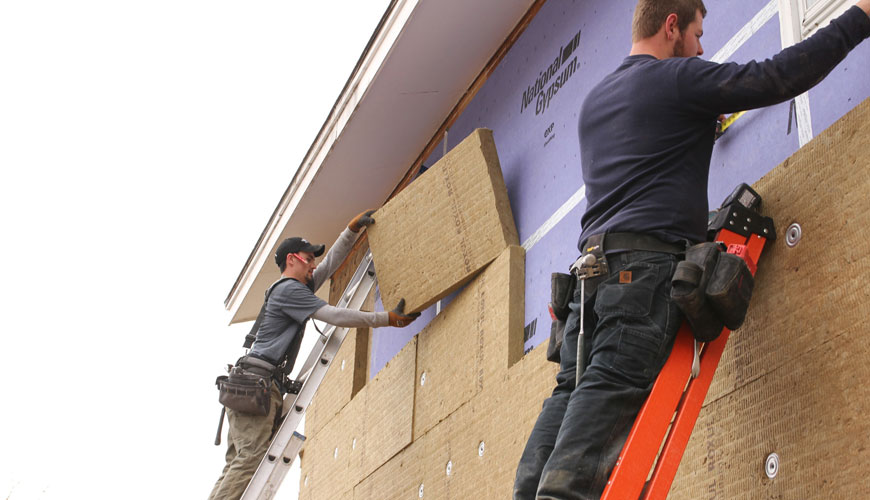

ISO 16283-3 specifies procedures for determining the airborne sound insulation of facade elements (element methods) and entire facades (spherical methods) using sound pressure measurements. These procedures are designed for room volumes from 50 m5 to 000 m10 in the frequency range 3 Hz to 250 Hz.

The test results can be used to measure, evaluate and compare airborne sound insulation in unfurnished or furnished rooms where the sound field may or may not approach a common area. The measured airborne sound insulation is frequency dependent and can be converted to a single number quantity to characterize acoustic performance using the rating procedures in ISO 717-1.
Element methods aim to estimate the sound attenuation index of a façade element such as a window. The most accurate element method uses a loudspeaker as an artificial sound source. Other less accurate element methods use existing traffic noise. Global methods, on the other hand, aim to estimate the outdoor-indoor sound level difference in real traffic conditions. The most accurate global methods use real traffic as the audio source. A loudspeaker can be used as an artificial sound source in cases where the traffic noise in the room is insufficient.
The element loudspeaker method gives a pronounced sound reduction index under certain conditions. conditions can be compared with the sound reduction index measured in laboratories according to ISO 10140. This method is the preferred method when the purpose of the measurement is to evaluate the performance of a particular façade element relative to its performance in the laboratory.
The element road traffic method will serve the same purposes as the element loudspeaker method. It is particularly useful when the loudspeaker element method cannot be used for other practical reasons. These two methods often yield slightly different results.
The road traffic method tends to result in lower sound reduction index values than the loudspeaker method.
EUROLAB assists manufacturers with ISO 16283-3 test compliance. Our test experts, with their professional working mission and principles, provide you, our manufacturers and suppliers, the best service and controlled testing process in our laboratories. Thanks to these services, businesses receive more effective, high-performance and quality testing services and provide safe, fast and uninterrupted service to their customers.
To get an appointment, to get more detailed information or to request an evaluation, you can ask us to fill in our form and reach you.